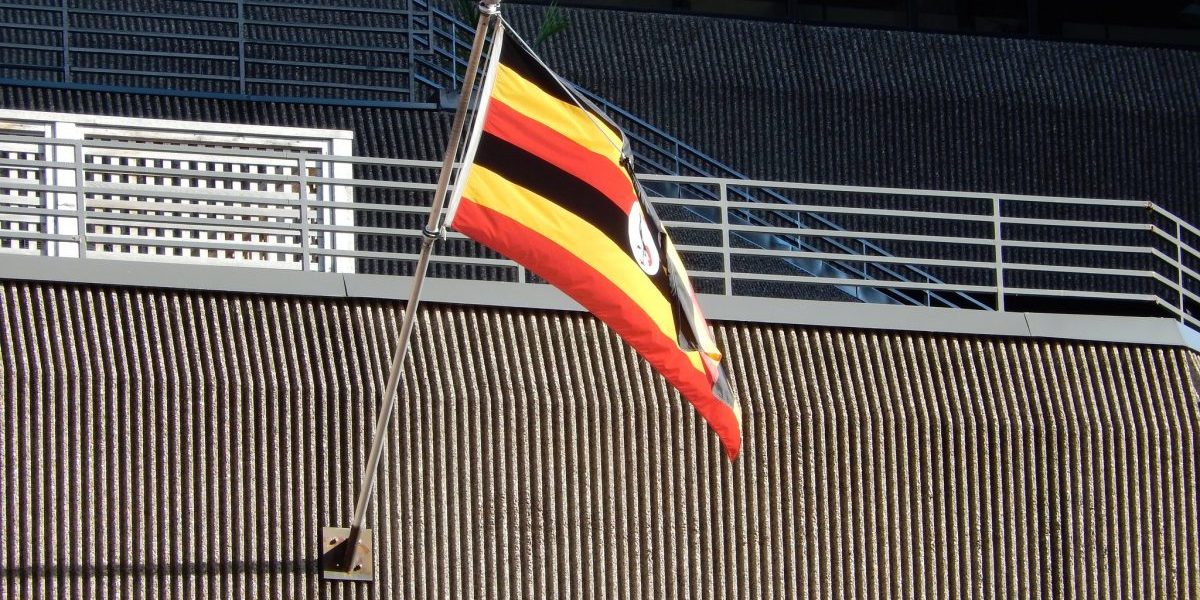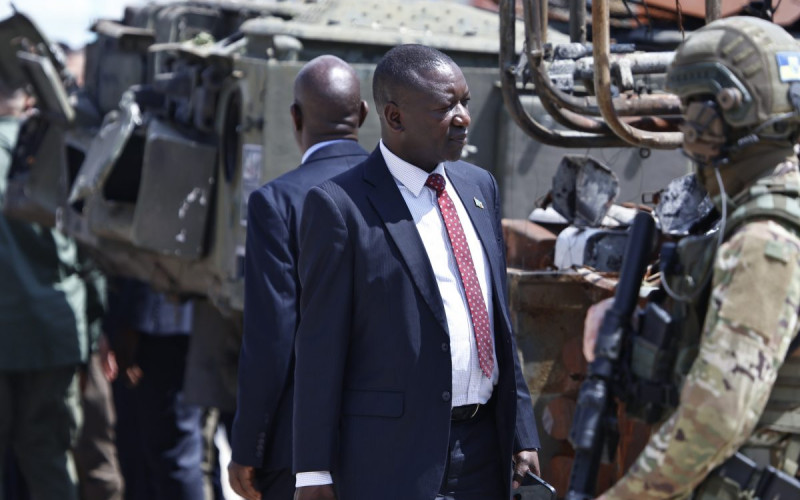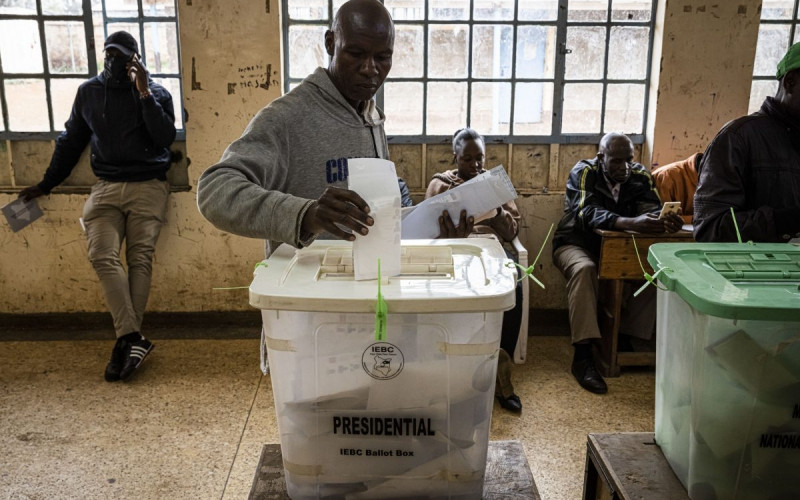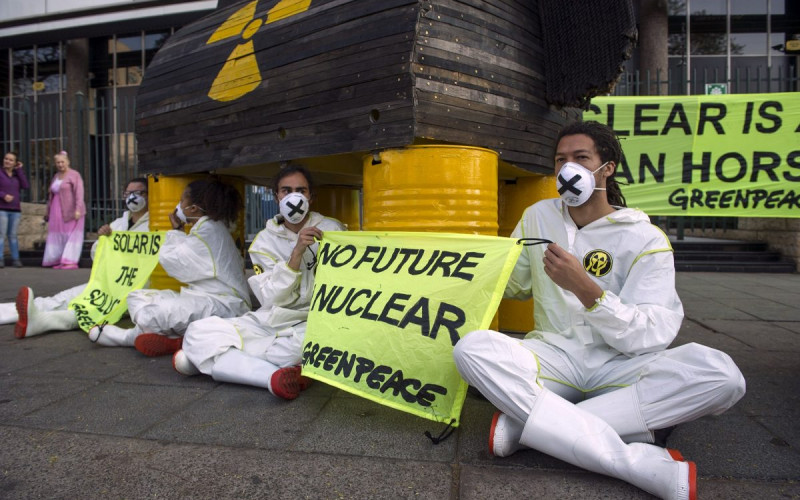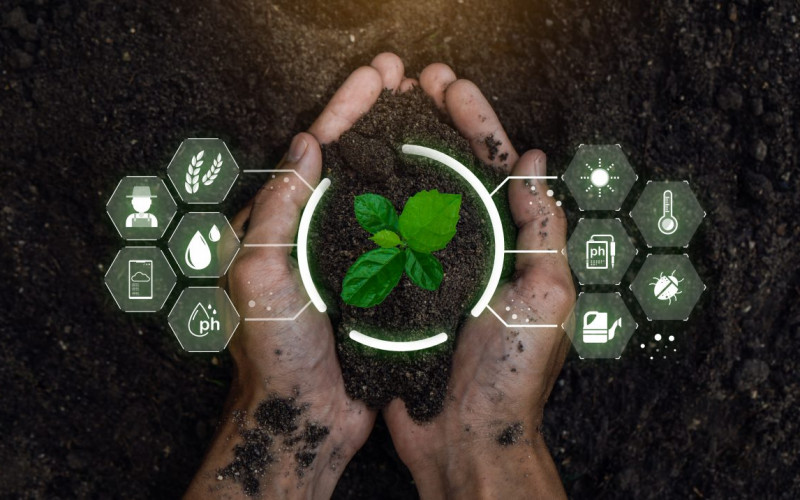Two NGOs not represented were Minority Rights Group International (MRG) and Care International in Uganda, but both decided to participate in the APRM because it afforded an opportunity to raise issues that concerned their groups and to propose solutions. Crucially, President Yoweri Museveni had said the APRM would become part of government processes such as the Poverty Eradication Action Plan. MRG and Care wanted their voices heard. They submitted a position paper to an umbrella body, the NGO Forum, which had been appointed to the commission. When their concerns were insufficiently addressed in the NGO Forum’s report, they brought other NGOs on board by holding a validation meeting and circulating their draft position paper, then including inputs from their new partners. The expanded report was submitted to the APRM Secretariat in Uganda and APRM headquarters in South Africa. They also participated in meetings held by the visiting Country Review Mission and submitted a brief report directly to the Mission.
The author, Juliet Nakato Odoi, who has worked for both organisations, notes that participation in the APRM is time-consuming and can be burdensome but by forming partnerships and coalitions, resources can be pooled. She recommends that civil society organisations prepare in advance for participation in the APRM in their work plans and budgets.
Perspectives on Governance: Founded to promote public debate and research on crucial issues of public policy, the South African Institute of International Affairs (SAIIA) is pleased to present a series of occasional papers that we hope will contribute to a more robust conversation about the nature of Africa’s governance challenges.

